Rich History of Black Settlement Spans Over 400 Years
The province is home to over 50 historic Black communities, many of which were founded by Black Loyalists, Maroons, and Black Refugees who arrived between the 18th and 19th centuries. This website is part of the efforts of 902 Man Up to document, preserve, and celebrate these historic communities Their stories are not just about struggle, they are about triumph, legacy, and the ongoing fight for justice and recognition.
These communities collectively represent the enduring presence and contributions of African Nova Scotians to the province’s history, culture, and society. They are part of Nova Scotia's deep connection to African heritage and resilience. Despite facing systemic racism, land inequities, and economic marginalization, these communities have preserved their unique culture, traditions, and sense of identity.
Some of these communities are now less populated or absorbed into larger areas, but their historical significance remains pivotal to understanding Black history in Nova Scotia.
Historical Context
- Black Loyalists (1783): During the American Revolutionary War, many enslaved Black people were promised freedom and land in return for supporting the British. Over 3,000 Black Loyalists settled in Nova Scotia, becoming one of the largest migrations of free Black people to Canada.
- Jamaican Maroons (1796): A group of 550 Maroons, exiled from Jamaica after resisting British colonial rule, were resettled in Nova Scotia.
- Black Refugees (1813-1816): Thousands of Black refugees from the War of 1812 were granted passage to Nova Scotia, seeking freedom from enslavement in the United States.
- Pre-Loyalist Settlers (1600s): Individuals of African descent were among the earliest settlers in Nova Scotia, some arriving as enslaved people in the 1600s.
Below is an overview of the 52 historic Black communities in Nova Scotia and the historical context of each community with details such as their founders, geographical location, year of establishment, settlers' occupations, community highlights, high-profile individuals, and significant historical events.
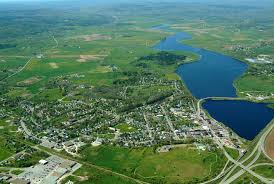
Windsor Plains
Windsor Plains: Windsor Plains demonstrates the interplay between Black Loyalist
settlement and rural development, emphasizing the significance of faith and
education.
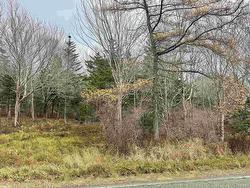
Southville
Southville: A rural community in Digby County, home to descendants of Black
settlers.
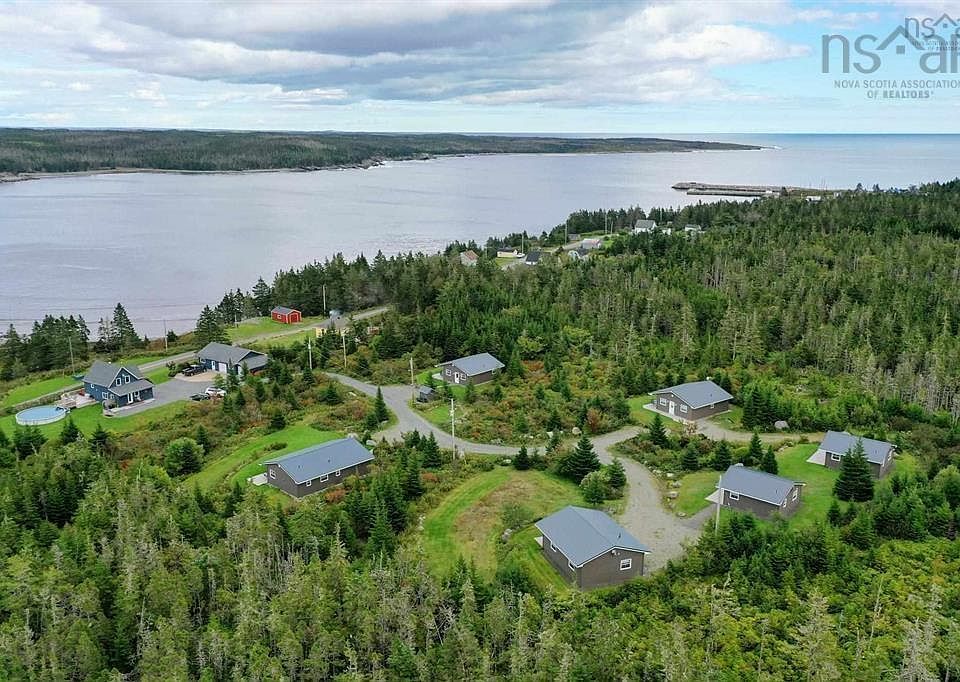
Mulgrave Road (Guysborough County)
Mulgrave Road (Guysborough County): Settled by Black Refugees and families of
African descent. Mulgrave Road underscores the tenacity of Black Refugees in
building self-reliant communities amidst systemic marginalization in Nova Scotia.
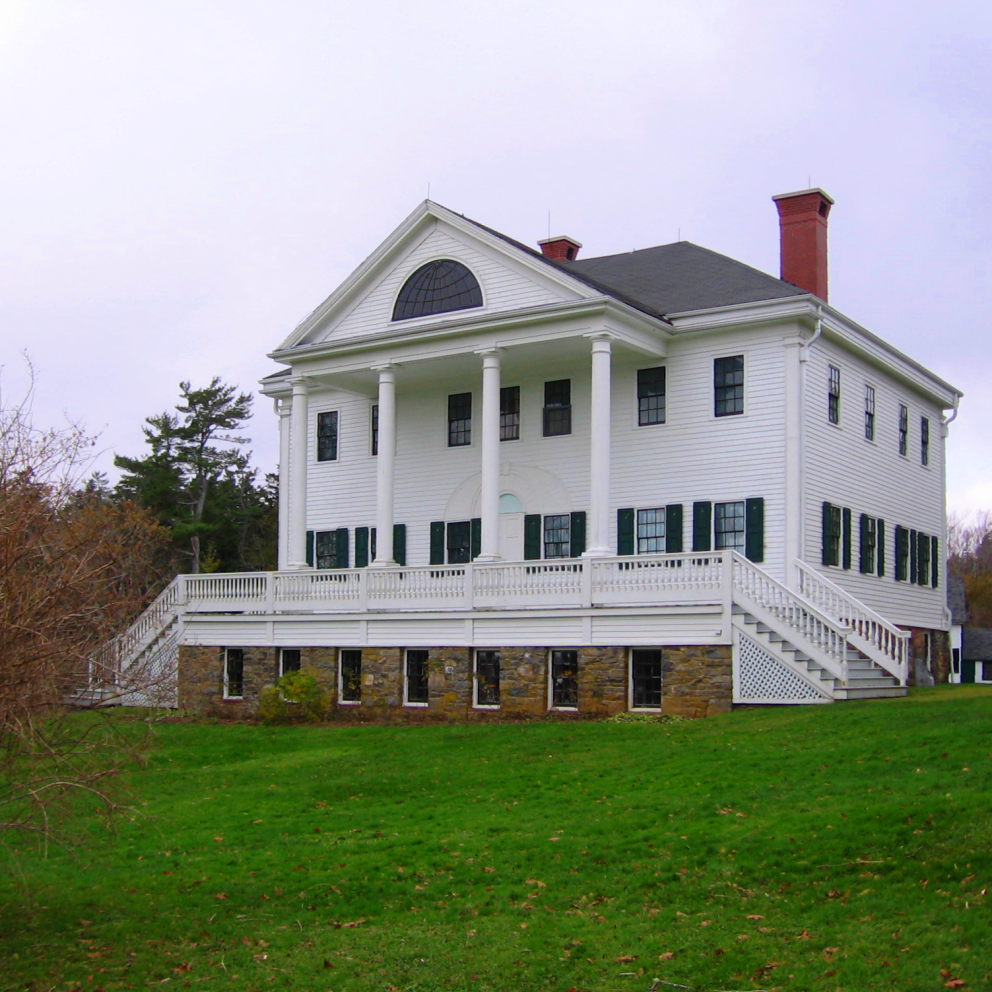
Mount Uniacke
Mount Uniacke: Mount Uniacke reflects the challenges and successes of Black
Refugee integration into Nova Scotian society in the 19th century.
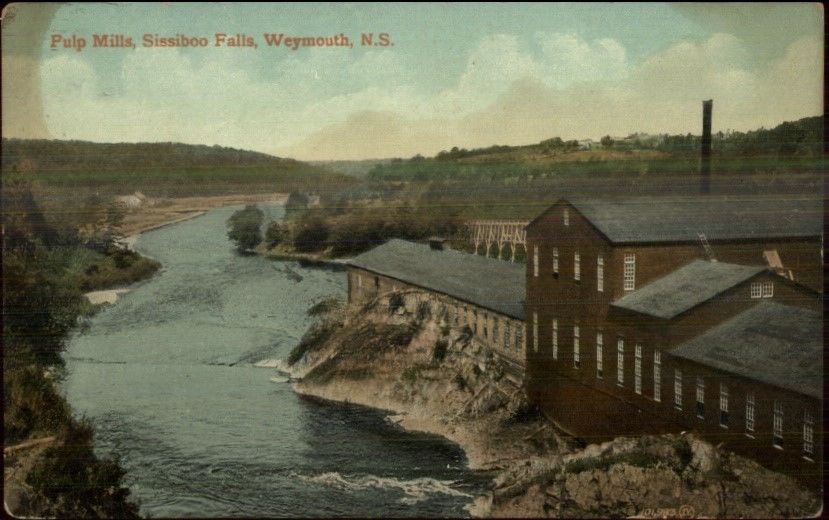
Weymouth Falls
The Weymouth Falls community and others collectively illuminate the broader narrative of African Nova Scotian history. It is a story of perseverance in the face of systemic challenges and a steadfast commitment to cultural identity and justice. The Weymouth Falls community has contributed significantly to Canadian culture, civil rights, and social progress.
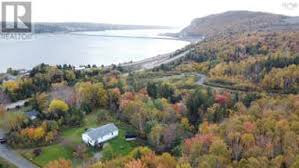
Upper Big Tracadie
Upper Big Tracadie: A significant community of Black Refugees in Guysborough
County. Upper Big Tracadie reflects the resilience of African Nova Scotian farmers
and laborers who forged a strong community in the face of systemic barriers.
Founders: Black Refugees and Loyalists.
Location: Guysborough County.
Year Established: Early 1800s.
Preoccupation of Settlers: Agriculture and forestry.
Known For: Rich cultural traditions. Close-knit community.
High-profile individuals: Community leaders and activists.
Significant Events: Efforts to preserve and promote cultural heritage.
Heritage conservation projects.
Landmarks: Historical cemeteries and homes.
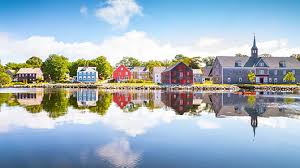
Shelburne
The Shelburne community and others collectively illuminate the broader narrative of African Nova Scotian history. It is a story of perseverance in the face of systemic challenges and a steadfast commitment to cultural identity and justice. The Shelburne community has contributed significantly to Canadian culture, civil rights, and social progress.
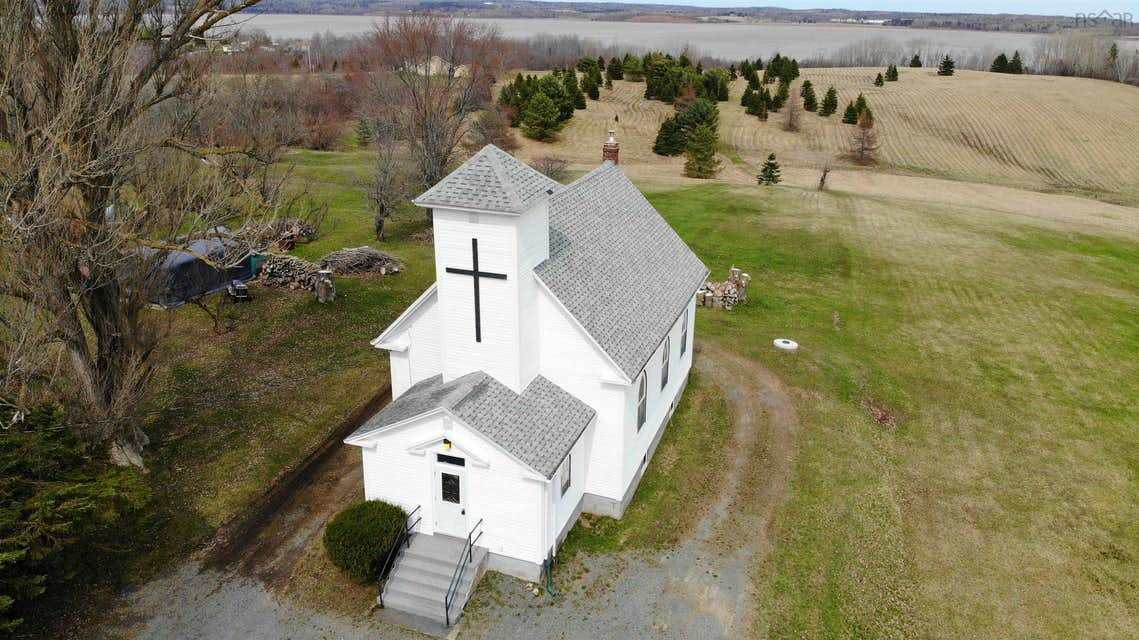
Mount Denson
Mount Denson: Mount Denson embodies the legacy of Black Loyalist resilience in
establishing sustainable rural communities despite systemic exclusion.
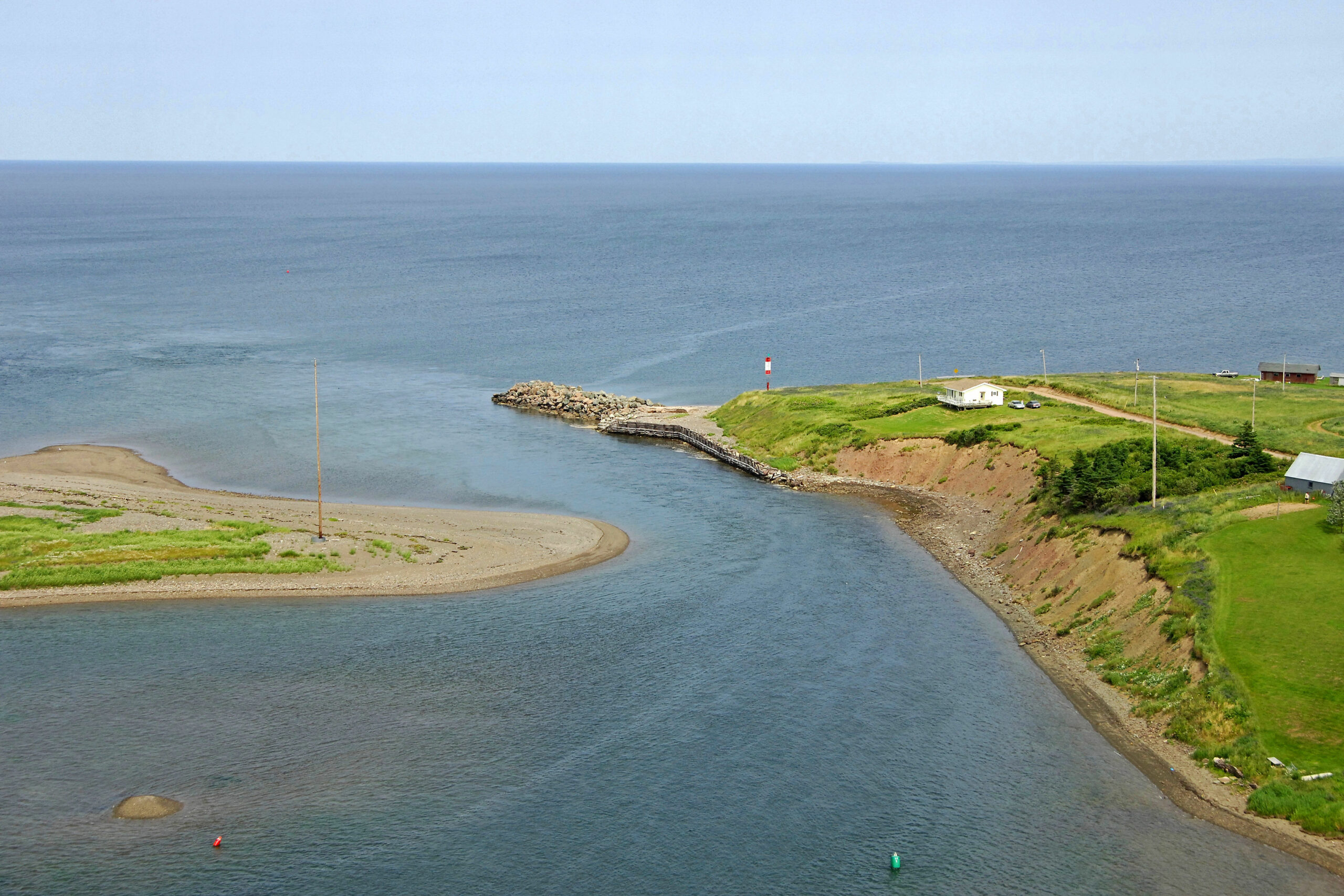
Tracadie
Tracadie: A unique community founded by Black and Acadian families in the late
18th century. Tracadie highlights the unique fusion of African and Acadian cultures,
illustrating the collaborative survival strategies of marginalized groups in Nova
Scotia.
Founders: Black Loyalists and Acadians.
Location: Guysborough County.
Year Established: Late 1700s.
Preoccupation of Settlers: Farming and fishing.
Known For: Unique blend of African and Acadian heritage.
High-profile individuals: Civic and cultural leaders. Activists preserving local
traditions
Significant Events: Community recognition for its heritage.
Landmarks: Historic homesteads.
Significant Events: Cultural recognition efforts
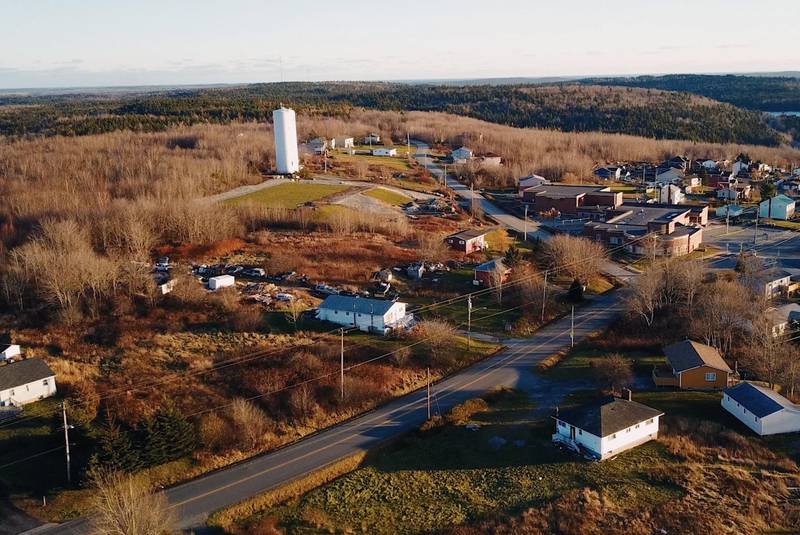
North Preston
North Preston: Known as the largest Black community in Canada, it was settled by Black Refugees and Loyalists. North Preston demonstrates the strength of cultural preservation and community identity, thriving as Canada’s largest Black community while facing systemic challenges related to land rights and economic opportunities.
- Founders: Black Refugees of the War of 1812.
- Location: Halifax Regional Municipality.
- Year Established: Early 1800s.
- Preoccupation of Settlers: Agriculture, craftsmanship, carpentry, and domestic work.
- Known For: Largest Black community in Canada.
- High-Profile Individuals: Kirk Johnson (boxer and activist). Wanda Thomas Bernard (senator).
- Significant Events: Ongoing cultural preservation and economic development projects.
- Landmarks: Churches like Saint Thomas United Baptist Church. Community advocacy for infrastructure and land rights.
©2025. 902 Man Up. All Rights Reserved.
Thank you!
We will check your location suggestion and release it as soon as possible.

